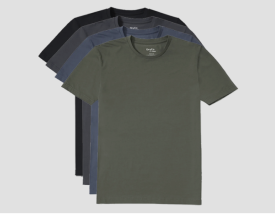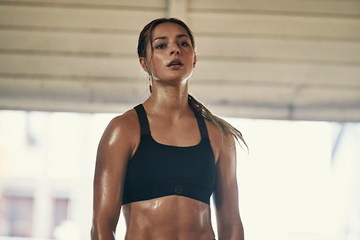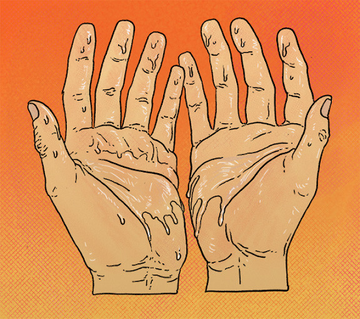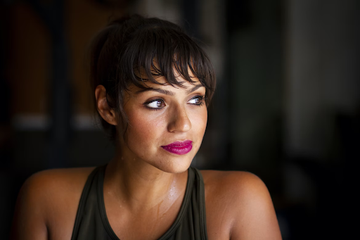Everybody sweats. You can’t avoid sweat, but wearing the right shirt can help you manage it. Moisture-wicking shirts work by increasing airflow to prevent the growth of odor-causing bacteria while also actively removing any sweat or moisture that does occur.
While high-quality sweatproof shirts are effective, you can hide sweat even better by choosing the right colors. In this guide, we discuss the best shirt colors to hide sweat.
Dark Colors
On shirts, sweat tends to show up as a dark patch. So naturally, the most common approach is to go with darker colors. The darker the shirt, the better it is at camouflaging sweat stains. After all, a black shirt can’t get much darker.
Black is the go-to option for hiding sweat, but you can vary things up without sacrificing much sweat camo. Dark navy colors, for instance, are also very effective for this approach.
The biggest downside of dark colors is that they tend to fade faster. A such, you’ll have to replace these shirts more often. As well, once they start to fade, they become ineffective at hiding sweat.
Greys
You can’t wear black everyday Morticia. Outside of the Adams Family, most of us like to vary up our wardrobe to look a little less gloomy. Grey is a great alternative to black for hiding sweat. Generally speaking, the darker the grey, the more effective it is.
Although even dark greys aren’t quite as effective as black, they do offer more wardrobe options. A grey moisture-wicking shirt can go with clothing or color combinations where black may not. It’s good to have more options available to keep your options open.
White
The reason most shirts get dark from sweat is that the dyes change when they get wet. In white shirts, there are no dyes or colors that change due to getting wet. So instead of trying to disguise dark patches with a dark color or pattern, white fabrics can avoid them altogether.
Still, white is better suited to managing light sweating. If the fabric becomes too wet it can become transparent. This may be just as obvious and embarrassing as a dark patch. Fortunately, moisture-wicking shirts can wick away sweat preventing pooling and the resulting transparency.
White also keeps you cooler, helping to prevent perspiration. Light energy from the sun is absorbed by black and dark colors, converting into heat. This is why you got hotter faster in dark clothes and why dark surfaces are hot to the touch in the summer. White, however, reflects all visible light, so it only attracts heat through infrared light.
One of the downsides of white is that it stains easier. The right washing techniques can get rid of sweat stains, but whites still tend to have shorter lifespans.
Best Colors for Undershirts
We’ve taken a look before at the dos and don’ts of choosing undershirt types. But it’s not just the type, cut, and fit of an undershirt that makes a difference. It’s also the color.
A good moisture-wicking undershirt is already actively hiding and removing visible sweat. So the main concern for color isn’t so much hiding sweat as hiding the undershirt. In our Guide to Choosing an Undershirt for Dress Shirts, we discussed the importance of keeping the undershirt out of sight to maintain a professional and fashionable look. Just as you don’t want the collar of your undershirt poking out above a dress shirt, you don’t want it visible through the shirt either.
There are two main approaches to picking the right undershirt color. The first is matching the shirt to your skin tone. This is usually best applied when wearing white outer layers. Dark colors, and even white undershirts, are more easily visible under light layers. Matching to your skin tone keeps the undershirt less obvious.
It doesn’t need to be a perfect match, neutral skin tones can use tan undershirts. Darker skin tones may benefit from darker/deeper colors. Unless you have very pale skin, it is usually best to avoid white undershirts under white dress shirts, as the undershirt may reflect more light, making it more visible than the outer layer.
The other approach is matching the undershirt color to the color(s) of your outfit. A light-color dress shirt often works best with grey. Greys are less visible than whites and blend naturally with most lighter colors. Darker outer layers are more forgiving so you can get away with even dark undershirts, especially if the outer layer is a medium or heavy fabric.








